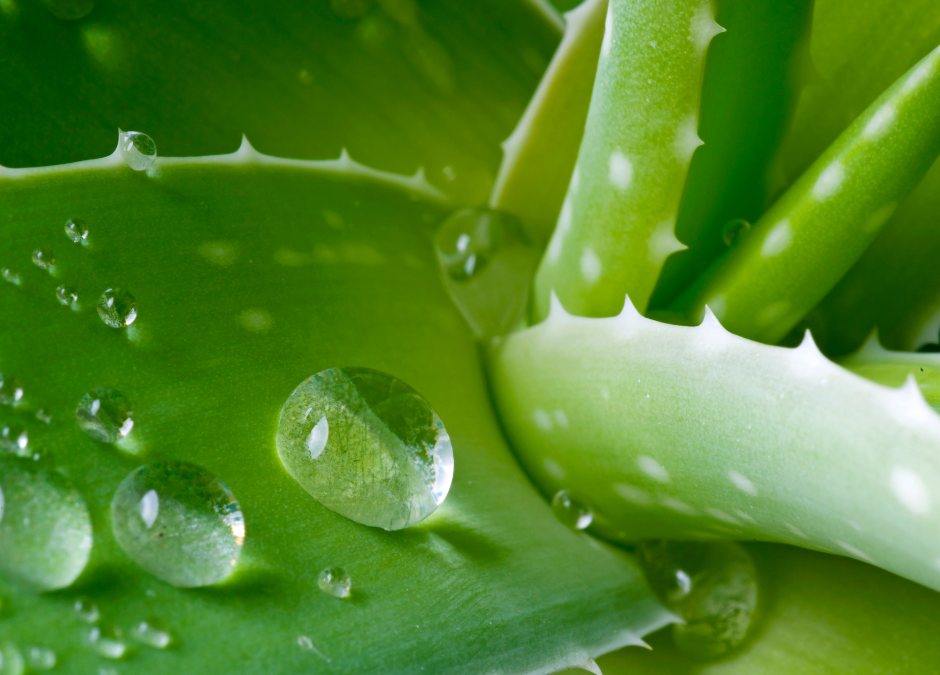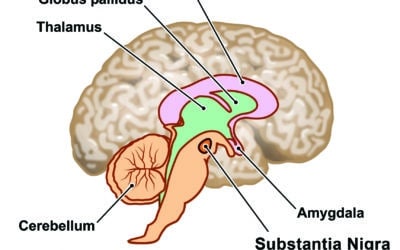Introduction
Plant-based medicines have been used in the natural treatment of illnesses for thousands of years. One of the plant families most renowned for its healing properties is the Aloe family, which contains over 450 distinct species, many of which can be found in Africa and South America. Of these, Aloe vera is the most widely known – famous for the gel contained in its thick, fleshy and long leaves. Recent research has proven its efficacy in the promotion of skin healing and reducing inflammation.
In this article, however, we will celebrate another member of the Aloe family, Aloe macroclada. Though less well-known than its cousin Aloe vera, its potential health benefits are just as – if not more – exciting to consider.
Aloe macroclada (AMAC) is a species endemic to the island of Madagascar. For centuries, local healers have prepared AMAC into pellets using traditional methods and sold these as a natural remedy called Vahona. Vahona is claimed to treat cardiovascular diseases, high blood pressure, rheumatism, chest infections, weakness, and diabetes. It is also considered by Malagasy locals to cause rejuvenation and longevity.
Throughout the history of modern medicine, many plants have made the jump from folk remedy to widely used modern medicine. Notable examples include Willow bark (Aspirin), The Poppy flower (Morphine), and the Cinchona tree (Quinine, used in the treatment of malaria).
We designed a study to examine whether the humble Aloe macroclada could do the same.
Stem cell mobilization effects of Aloe macroclada
Due to its myriad of health benefits, it was hypothesized that AMAC may work by mobilizing stem cells from the body’s natural stem cell reservoirs. This hypothesis was tested using a pilot randomized control trial, in which participants’ circulating stem cell levels were measured after consuming a standard traditional dose of three Vahona pellets or equivalent placebo.
A significant increase in the number of circulating stem cells (53%) was identified within two hours of AMAC consumption. This increase lasted more than three hours and remained significant up to three hours after the medicine was taken.
Following this positive finding, we developed our own extract from AMAC gel, a component of traditionally prepared Vahona. Results of the (unpublished) study indicated that ingestion of this gel extract led to an increase of up to 110% in the number of circulating stem cells in tested participants. An average 83% increase in the number of circulating Endothelial Progenitor Cells and an average 51% increase in stem cells was reported.
These findings suggest that the stem cell mobilization triggered by AMAC could be the mechanism that underpins its health benefits.
Growth and cultivation of Aloe macroclada
AMAC grows wild in Madagascar, with no controlled cultivation at present. In collaboration with the Madagascan government and the University of Antananarivo, my colleague John set out to establish the current natural growth of AMAC surrounding the capital city, as well as the regions in which it grows in sufficient quantities to harvest.
He established a cooperation of local farmers with access to the natural habitats where AMAC grows and worked with a network of harvesters created to carefully harvest it from the mountains surrounding Antananarivo.
We believe that sustainability is the key to successful, earth-friendly use of plant products; thus a propagation system was set in motion, with more than 100,000 young plants already having been propagated and replanted from our nursery.
Finally, a processing plant developed to clean, process, dry and package the AMAC gel.
Convention on Biodiversity – Nagoya Protocol
The establishment of the above operations in Madagascar was hampered by a negative perception of Western companies by locals. This impression resulted from scientists affiliated with Eli Lilly, who identified the potential cancer-fighting properties of the periwinkle, a Madagascan-endemic flower, in the 1960s.
Periwinkle extracts were developed into drugs to treat breast, cervical and ovarian cancers, making Eli Lilly billions of dollars. None of this profit was returned to enrich the people of Madagascar, despite the scientists learning of the anti-cancer properties of periwinkle from Malagasy healers.
The objective of the Nagoya Protocol is to ensure the fair and equitable sharing of benefits arising from the utilization of genetic resources. This protocol was developed by the Convention on Biodiversity, which forms part of the United Nations Environmental Program. To uphold the values and ethics of this Protocol, we collaborated with a local NGO to facilitate our Malagasy endeavors. The Protocol advocates for reciprocity, by which there is fair and equitable benefit-sharing amongst the global and local community when the health benefits of a natural resource of a country are discovered.
We have therefore developed a program whereby a proportion of sales revenue from AMAC products will be returned to Madagascar, where it will be used to develop much-needed roads, schools and clinics in the remote areas from which AMAC is harvested and processed.
Conclusion
Aloe macroclada (AMAC) has been used for hundreds of years for its various health benefits. Early studies have shown AMAC to be an effective and significant stem cell mobilizer, able to increase the number of circulating stem cells by up to 110%. Circulating stem cells can improve a variety of ailments by migrating to sites of illness and causing tissue repair.
How Stem cells could help repair the brain
Traditionally, the scientific view was that the brain is not able to regenerate. However, newer research suggests otherwise. In this article, we will look at new studies which suggest that the brain can regenerate using stem cells, the building blocks of our body...
Stem Cells : The Science of Youth
There are legends of a fountain of youth with waters imbued to provide the gifts of anti-aging and longevity to anyone who discovers its whereabouts. It’s no surprise really, who isn’t looking for a way to feel and look more youthful? Maybe there isn’t a hidden...
Stem Cells As An Anticancer Strategy
Cancer is one of the deadliest diseases, claiming annually the lives of millions of people throughout the world. Despite immense advances in diagnosis and therapies research, the cancer death rate has only decreased somewhat (approximately 1.5 percent yearly in the...








